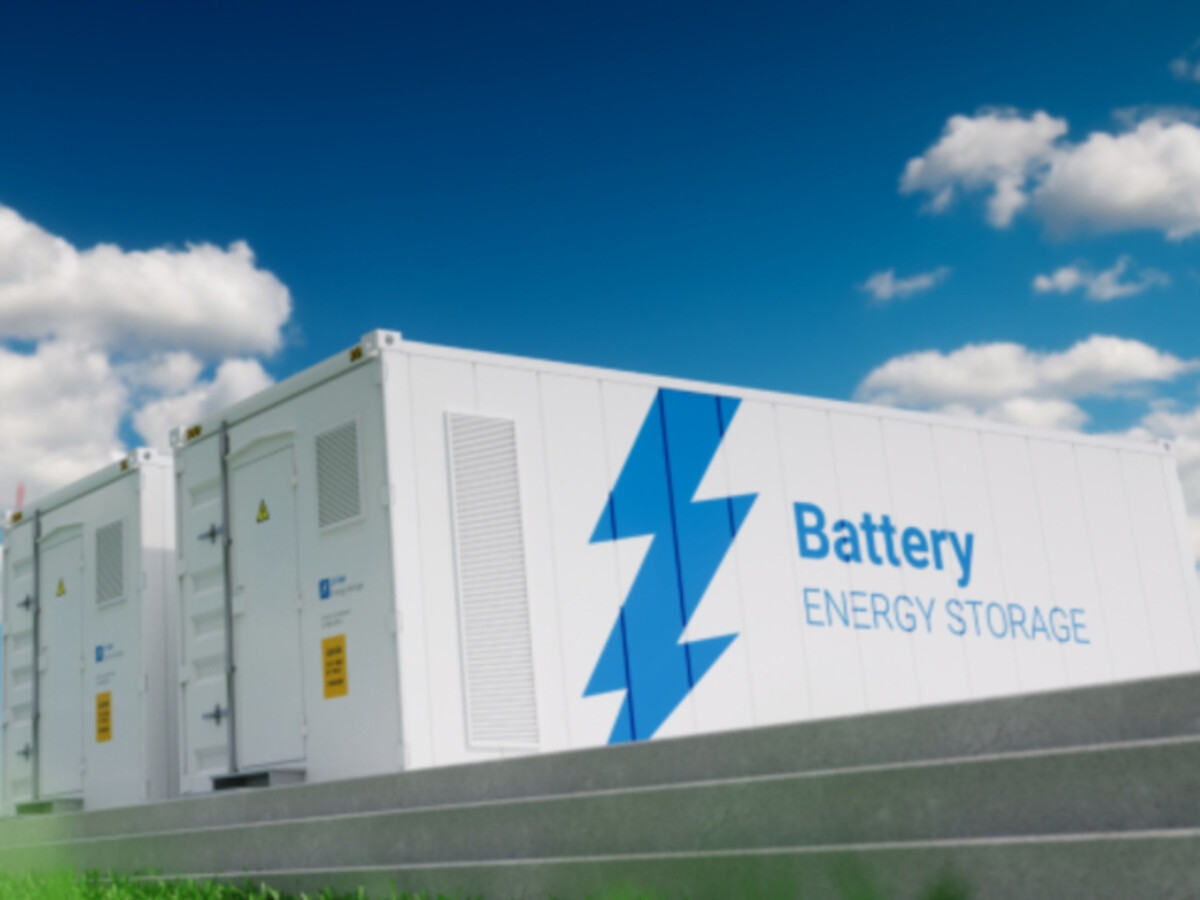Electricity is transitory in nature — it's generally consumed as soon as it's produced. Energy storage, by contrast, provides a stockpile of electricity to be used when it's needed. Energy storage systems can be applied across the grid. However, behind the meter (at your facility), they can provide a number of important benefits:
- Efficient backup power. Backup generators used to meet peak demands are expensive, inefficient and carbon-intensive. Energy storage can provide backup power with excess energy produced by baseload generation and renewables during off-peak hours.
- Optimal renewable energy integration. The sun doesn't shine all the time, especially at night when electricity is needed for lighting. During the daytime, photovoltaic systems may produce electricity in excess of what's needed. Wind power may peak at night when overall electricity demand is lowest. Energy storage combined with renewables can mitigate these problems.
- Demand charge reduction. By discharging during peak hours, energy storage reduces your peak demand and the charges on your energy bills. It can also help minimize overall carbon emissions.
- Time-of-Use (TOU) bill management. Energy storage systems enable facilities to take better advantage of TOU rate plans (if available) to reduce overall energy costs.
The most common energy storage technologies for behind-the-meter applications are large batteries and flywheels.
Battery technologies
A battery is a device consisting of one or more electrochemical cells that convert stored chemical energy into electrical energy. Each cell contains a positive terminal, or cathode, and a negative terminal, or anode. Electrolytes allow ions to move between the electrodes and terminals, which allows current to flow out of the battery.
Available battery technologies include lead acid, nickel cadmium (NiCad), nickel metal hydride (NiMH) and lithium Ion (Li-on). Li-on batteries are commonly used because they're much lighter and smaller than lead acid and NiMH batteries and they self-discharge at a lower rate. Li-ion cells also don't contain metallic lithium, which is combustible. The lithium ions are placed into the matrix of other materials, such as lithiated metal oxides or phosphates in the (+) cathode and carbon (typically graphite) or lithium titanate in the (-) anode.
There have been instances of Li-on batteries overheating and even catching fire. For Li-on batteries, the cathode and the anode must be physically separated by a special membrane. Li-on batteries for consumer electronics often contain cobalt, which can build up and puncture the membrane, resulting in a short circuit and an escalating thermal runaway.
Many large-scale Li-on batteries don't contain cobalt, so the overheating potential is greatly diminished. However, for many energy storage applications like electric vehicles, Li-on batteries require active summer cooling and winter heating to operate efficiently.
Commercially available Li-on power modules, which provide backup power for 30 minutes to four hours, range in capacity from 5 kW at 13.5 kWh to above 250 kW at 500 kWh.
Flywheels
Flywheel energy storage systems store kinetic (motion) energy by using the inertia of a spinning wheel. Because storage capacity is largely determined by wheel size and speed, a flywheel with a small mass can store a significant amount of energy if the wheel has a large diameter and it's spinning very fast. The stored energy is recovered to power an electric generator when needed.
Flywheel energy storage output diminishes over time, typically providing 500 kW for 30 seconds or 100 kW for 2.5 minutes.
Schools, municipal buildings, hotels and manufacturers are using energy storage to primarily reduce peak demand charges. Carefully examine your energy use patterns and power reliability needs to determine if energy storage systems are right for your facility.

